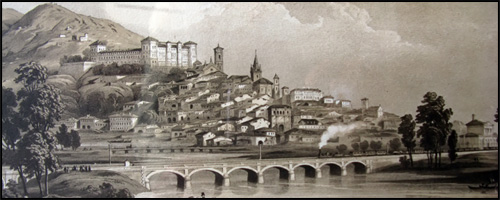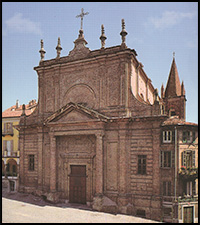

"I was barely six years of age when the love of art began to grow in me, and from that age on it never ceased to do so . . . I copied every image and object that came before my eyes, dreaming of becoming an artist."


Tommaso Juglaris was born on October 9, 1844 in Moncalieri, Italy, a town on the River Po at the outskirts of the larger and more famous city of Turin, today known as Torino. A medieval castle atop Moncalieri’s heights served as a summer residence for the Royal House of Savoy, which was soon to become the ruling family for a united Kingdom of Italy. Despite the French or Swiss provenance of the Juglaris surname, the artist’s family had staunch roots in the local Piedmont region of northern Italy at the foot of the Alps.

Juglaris grew up in particularly historic and challenging times for Italy. His childhood and youth coincided with the Risorgimento—the “resurgence” and unification of his native land. This involved a long struggle to throw off foreign domination and consolidate disparate kingdoms, dukedoms, principalities, and Papal States, ultimately under the leadership of Giuseppe Garibaldi, Count Camillo Cavour, and the House of Savoy. The political and economic events of that era seriously impacted everyday life. When Tommaso was barely five or six, his own well-to-do family fell on hard times. His father invested in farming just as large-scale crop failures, set against a backdrop of already tense political circumstances, pushed Italy and the rest of Europe to the brink of depression, famine and war. The Juglaris family was left at the verge of destitution. In his memoir Juglaris later rued how “misery had taken a terrible hold on the family.” Elsewhere he added: “My family’s experience...was very hard: one lived, just—if it can be called living—and did not die…”